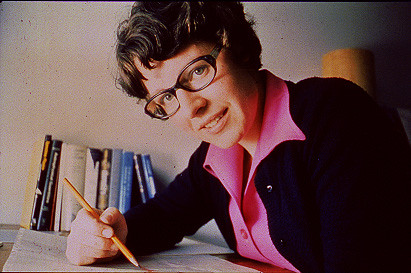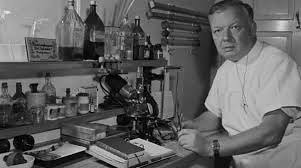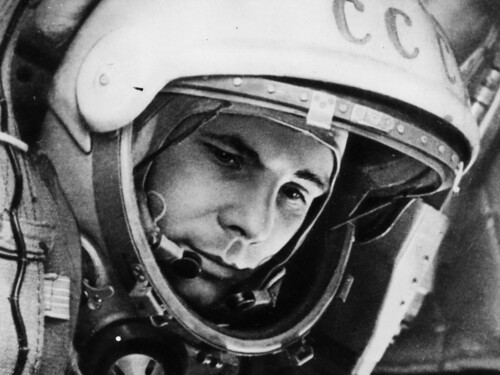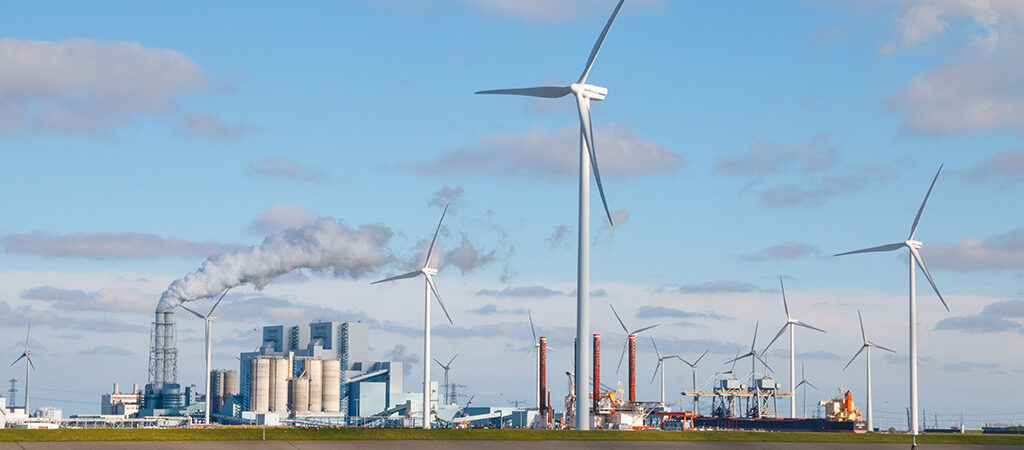Why wind power won’t cut our energy bills
 First published in spiked, November 2023
First published in spiked, November 2023Ignore the misinformation from the green lobby – Net Zero is a financial catastrophe
It has long been claimed by our green elites that renewables provide a much cheaper alternative to other sources of energy, from gas to nuclear. Just last year, UK Labour leader Keir Starmer claimed that wind power is nine times cheaper than that derived from gas-fired power stations.
But two bits of recent news regarding wind power have called such claims into question. First, in September, the British government failed to auction off any of its contracts for generating offshore wind power. Firms argued that the government’s set price set for electricity generated was too low to make these offshore wind projects economically viable. Industry sources subsequently described this as a ‘catastrophic outcome’ for the sector.
Then, last week, Britain’s largest generator of power, German electricity giant RWE, asked the government to pay up to 70 per cent more for the electric current it gets from offshore wind farms. RWE UK chief Tom Glover said that developers should be paid £65-75 per megawatt hour (MwH), rather than the £44 per MwH set by the government.
So, despite the green hype, it seems that renewables might not be the economic godsend their champions claim. This should surprise no one however, for several reasons.
Firstly, the cheapness of renewables was always going to be a transient phenomenon, owing to the specific economic conditions of the 2010s. According to the International Renewable Energy Agency, the ‘levelised cost of electricity (LCOE)’ of newly commissioned, utility-scale wind power fell by 60 per cent between 2010 and 2021. But as the Financial Times notes, the falling costs were a product not just of maturing technologies. They were also a product of the period of quantitative easing and ultra-low interest rates that prevailed after the financial crisis of 2008.
But that era is over. Today, by contrast, geopolitical turmoil has brought ‘strain on supply chains and increasing financing and turbine costs’. And interest rates are likely to remain relatively high. As the FT points out, rising interest rates affect wind farms in particular because they demand big investments up front.
Secondly, the attempt to compare the costs of different sources of energy by attributing to each a ‘levelised cost of electricity’ has always been misleading. Like other economies, Britain’s is founded upon an energy system. This means that the different energy sources are intricately interdependent. Take wind power. Like other renewables, it is intermittent, relying as it does on the weather. So if the wind isn’t blowing, gas-fired power stations are required to provide a back-up energy source. And since these stations are themselves only used intermittently, their use tends to be expensive. The use of an intermittent energy source like wind power therefore affects the costs of other parts of the energy system. This shows how futile it is to try to isolate a particular energy source and assign its output an intrinsic cost.
Thirdly, the rise in the price of wind power reflects the rise in price of the decidedly un-green raw materials that go to make up any wind turbine. Just this summer, for example, Swedish electricity firm Vattenfall stopped work on Norfolk Boreas, its giant offshore wind farm off the Norfolk coast, because of a 40 per cent increase in its costs. Much of that rise stemmed from higher prices for materials – and for energy. But that’s not surprising. In any wind turbine, there is a large amount of steel (66 to 79 per cent of total mass); fibreglass, resin or plastic (11 to 16 per cent); iron or cast iron (five to 17 per cent); and copper and aluminium (about one per cent). For decades to come, these materials will go on being extracted, formed and manufactured with the help of fossil fuels.
Finally, we should call into question the assumption that technological development will inevitably lower the costs of renewables. It might well do that, but it’s not guaranteed to do so. There is certainly no law of physics or of political economy to the effect that the price of renewable energy will always and continually decline.
Just recently, Siemens Energy’s wind power unit, Siemens Gamesa, has run into problems with the blades and gears on its newer onshore wind turbines. It has now gone cap-in-hand to the German state, seeking financial guarantees so that it can keep going. Similarly with solar panels: while improvements in the efficiency of silicon-based photovoltaic cells have taken decades, even Perovskite, a promising 21st-century material, has only increased its efficiency in the lab from 14.1 per cent in 2013 to 26.1 per cent in 2023. Uninterrupted and continual technology development in renewables, along with similar reductions in their cost, just doesn’t happen.
All this ought to be a wake-up call to those unthinkingly claiming renewables make perfect economic sense. Wind and sunlight, sources of energy rooted in our solar system, are obviously free. But as we are now seeing, harnessing these sources costs an increasing amount of money, just like anything else.
Photo: File ID 70798159 | © Elian Kars | Dreamstime.com
Fmr President of Kenya on Trump cutting off foreign aid:
“Why are you crying? It’s not your government, he has no reason to give you anything. This is a wakeup call to say what are we going to do to help ourselves?”
America first is good for the world.
Our entire Green Socialist establishment should be banged up under the ‘Online Safety’ laws, for spreading demonstrable lies (the ‘climate crisis’), causing non-trivial harm to the industrial working class, ordinary drivers, farmers, taxpayers etc, etc.
#Chagos? #Mauritius PM Navin Ramgoolam "is reported to want Starmer to pay £800m a year, plus ‘billions of pounds in #reparations’." (14 January) https://www.spiked-online.com/2025/01/14/the-chagos-islands-deal-is-an-embarrassment/
Now the Torygraph wakes up https://telegraph.co.uk/gift/1ff8abbb462cd609
Read @spikedonline - first with the news!
Articles grouped by Tag
Bookmarks
Innovators I like

Robert Furchgott – discovered that nitric oxide transmits signals within the human body

Barry Marshall – showed that the bacterium Helicobacter pylori is the cause of most peptic ulcers, reversing decades of medical doctrine holding that ulcers were caused by stress, spicy foods, and too much acid

N Joseph Woodland – co-inventor of the barcode

Jocelyn Bell Burnell – she discovered the first radio pulsars

John Tyndall – the man who worked out why the sky was blue

Rosalind Franklin co-discovered the structure of DNA, with Crick and Watson

Rosalyn Sussman Yallow – development of radioimmunoassay (RIA), a method of quantifying minute amounts of biological substances in the body

Jonas Salk – discovery and development of the first successful polio vaccine

John Waterlow – discovered that lack of body potassium causes altitude sickness. First experiment: on himself

Werner Forssmann – the first man to insert a catheter into a human heart: his own

Bruce Bayer – scientist with Kodak whose invention of a colour filter array enabled digital imaging sensors to capture colour

Yuri Gagarin – first man in space. My piece of fandom: http://www.spiked-online.com/newsite/article/10421

Sir Godfrey Hounsfield – inventor, with Robert Ledley, of the CAT scanner

Martin Cooper – inventor of the mobile phone

George Devol – 'father of robotics’ who helped to revolutionise carmaking

Thomas Tuohy – Windscale manager who doused the flames of the 1957 fire

Eugene Polley – TV remote controls



0 comments